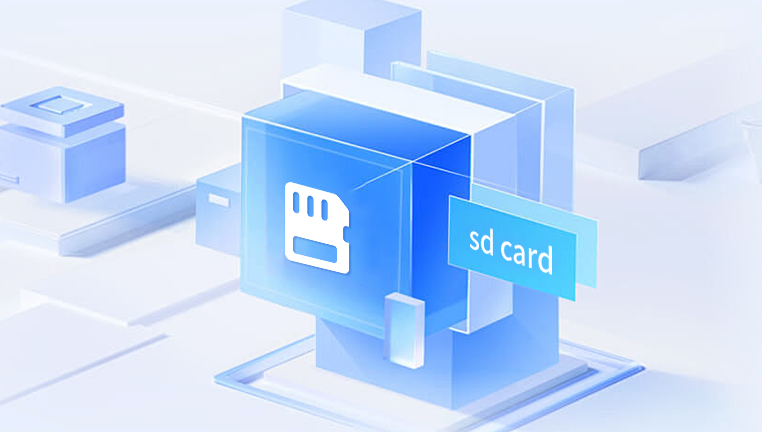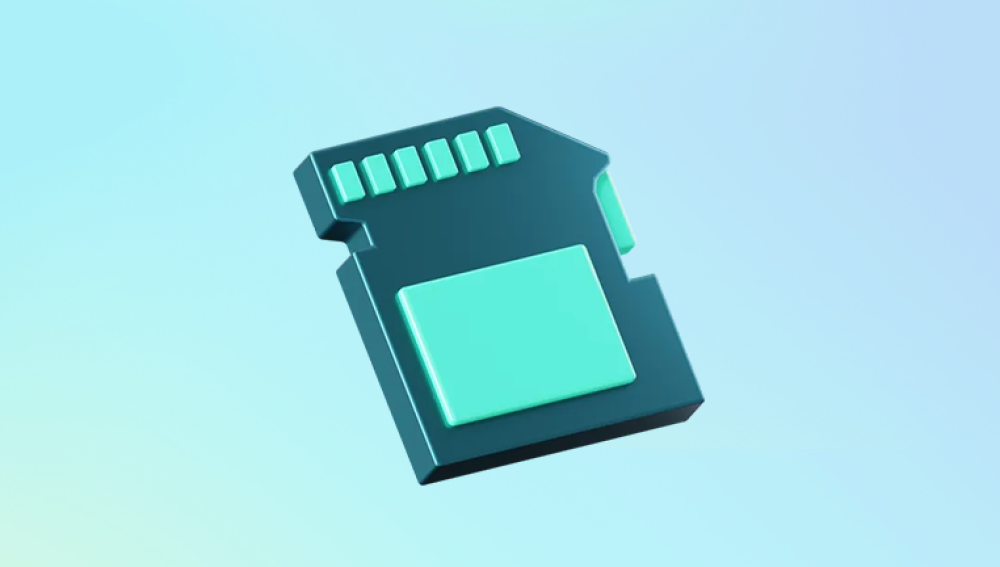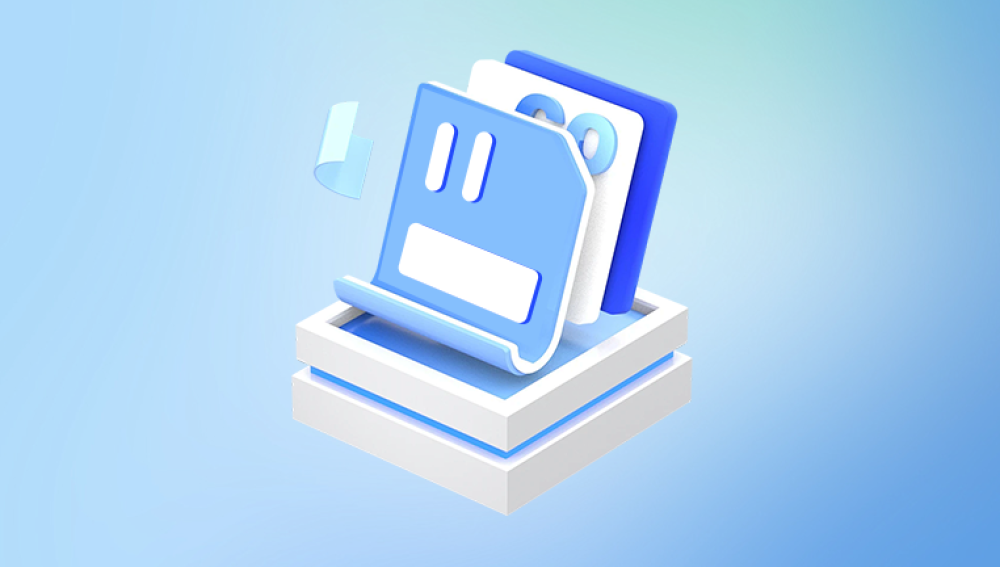Micro SD cards have become an essential storage medium for smartphones, action cameras, tablets, drones, handheld gaming devices, and even some laptops. They are compact, high-capacity, and portable qualities that make them ideal for storing photos, videos, documents, and app data. But despite their convenience, micro SD cards are not immune to data loss. Whether it’s due to accidental deletion, formatting, corruption, or hardware failure, losing data from a micro SD card can be deeply frustrating.
Accidental deletion of files or folders
Formatting the card, either manually or by a device prompt
File system corruption
Virus or malware infection
Improper ejection of the card from devices
Physical damage to the card
Power failure during file transfers
Unsupported file system or device incompatibility
Manufacturing defects or bad sectors

Each of these scenarios can lead to data loss, but in many cases, the data itself is not permanently gone—it’s just inaccessible through standard means.
Important First Step: Stop Using the Card
When you discover data loss, immediately stop using the micro SD card. Continuing to write new data to the card can overwrite the space where your deleted or lost files were stored, making recovery impossible. Do not take more photos, record videos, transfer files, or reformat the card again.
Instead, remove the card safely from the device and connect it to your computer using a reliable card reader.
Step-by-Step Guide to Restore Data From a Micro SD Card
Step 1: Examine the Card Physically and Digitally
Start by checking the micro SD card for:
Physical damage: Cracks, bent edges, burned areas, or water damage.
Proper connection: Use a micro SD to SD adapter or USB card reader and connect it securely to a computer.
Drive recognition: Open File Explorer (Windows) or Finder (Mac) to see if the card is recognized.
Drive letter assignment: If it shows up without a letter, you may need to assign one using Disk Management (Windows) or Disk Utility (Mac).
If your card is not recognized at all, data recovery may require professional help. If the card is recognized but shows no data or errors like “Please format the drive,” there’s still a good chance of recovery with software.
Step 2: Choose the Right Data Recovery Software
Drecov Data Recovery
Drecov Data Recovery is engineered to handle various data loss scenarios. Whether you've deleted files, formatted the card by mistake, or the card has become unreadable due to a file system error, the software can help you recover documents, photos, videos, music, and more. It supports major file systems like FAT16, FAT32, and exFAT, ensuring compatibility with most Micro SD cards.
To begin the recovery process, insert the Micro SD card into a card reader and connect it to your computer. Open Drecov Data Recovery and select the Micro SD card from the list of detected drives. The software allows you to choose between a quick scan for recently deleted files or a deep scan for more complex data loss situations. The deep scan dives into the memory sectors of the card, uncovering traces of files that may otherwise be invisible.
Once the scan completes, you’ll be able to preview the recoverable files. Select what you want to restore and save the data to a secure location on your computer—avoiding the Micro SD card itself to prevent overwriting.
Step 3: Scan the Micro SD Card
Once you have installed the recovery tool:
Open the software and choose your micro SD card from the list of available drives.
Select the scan type:
Quick Scan for recently deleted files.
Deep Scan for formatted, corrupted, or inaccessible cards.
Start the scan and allow it to complete. Depending on the size and condition of your card, this may take several minutes to hours.
During this process, the software analyzes the card’s file structure, searching for recoverable file signatures.
Step 4: Preview and Recover the Files
After the scan is complete:
Browse through the results. Most tools categorize files by type (photos, videos, documents).
Use the preview feature to verify files before recovery.
Select the files you want to restore.
Choose a safe recovery location—do not save files back to the same card.
This step is crucial. Saving recovered files back to the micro SD card can overwrite other lost files that haven’t been restored yet.
File Types Commonly Recovered From Micro SD Cards
Micro SD cards often store a wide range of file types, especially when used in smartphones and cameras. The most commonly recovered formats include:
Photos: JPG, PNG, GIF, BMP, TIFF, RAW (CR2. NEF, ARW, etc.)
Videos: MP4. AVI, MOV, 3GP, MTS
Documents: DOCX, XLSX, PDF, TXT
Audio: MP3. WAV, AAC, M4A
Advanced recovery software can restore hundreds of file types, even if the original file names or folder structures are missing.
What If the Card Is Corrupted or Not Recognized?
If your micro SD card shows errors or doesn't appear in File Explorer/Finder, try the following fixes before resorting to recovery software:
1. Assign a Drive Letter (Windows)
Right-click This PC > Manage > Disk Management
Find the SD card > Right-click > Change Drive Letter and Paths
Add a new drive letter.
2. Run CHKDSK Command
Use the Windows Command Prompt to repair the file system:
bash
CopyEdit
chkdsk X: /f
(Replace X with the drive letter of your card.)
This may repair the card’s structure and make files accessible again.
3. Use Disk Utility (Mac)
Open Disk Utility
Select your card > Click First Aid
Run the repair tool to fix minor issues.
If none of these methods work, use recovery software that supports raw or sector-based scanning, like PhotoRec or R-Studio.
Can You Recover Data After Formatting a Micro SD Card?
Yes, especially if the card was formatted using a Quick Format. A quick format only removes the file system index but leaves the underlying data intact until it’s overwritten. Most recovery tools can retrieve data from a quick-formatted card.
If the card underwent a Full Format or was securely erased, recovery becomes more difficult. However, some tools may still detect data remnants, particularly if the format wasn't followed by new writes.
Data Recovery from Physically Damaged Micro SD Cards
Physical damage poses a serious challenge. Symptoms include:
The card not being detected at all
Unusual sounds or heating
Broken or bent connectors
In these cases, DIY solutions won’t work. You’ll need a professional data recovery service with access to:
Cleanroom environments
Specialized micro SD card readers
Chip-off recovery tools
Costs can range from $300 to $1000+, depending on the damage and urgency. Choose a reputable recovery lab with experience handling memory cards.
Tips to Improve Data Recovery Success
Stop using the card immediately after noticing data loss.
Avoid reformatting the card before recovery.
Use high-quality card readers and USB ports for scanning.
Perform deep scans rather than relying on quick scans.
Recover files to a separate drive to prevent overwriting.
Preview files before restoring to ensure data quality.
Preventing Data Loss on Micro SD Cards
While data recovery is possible, prevention is always the best approach. Follow these tips to reduce your risk of future data loss:
1. Regularly Back Up Your Data
Copy files to your computer, cloud storage, or an external drive. Use apps like Google Photos or OneDrive for automatic mobile backups.
2. Use Safe Ejection Practices
Always eject the card properly before removing it from a device. Removing it while data is being written can corrupt files or the entire file system.
3. Avoid Using Low-Quality or Fake Cards
Buy from reputable brands (SanDisk, Samsung, Kingston, Lexar) and vendors. Fake or poor-quality cards are prone to failure.
4. Do Not Fill Cards to Maximum Capacity
Leave 10–20% of free space to reduce the risk of write errors and corruption.
5. Keep Cards Away From Extreme Conditions
Avoid exposing micro SD cards to water, heat, cold, or strong magnetic fields.
6. Use One Card Per Device
Switching a card between multiple devices increases the risk of file system conflicts.
7. Replace Aging Cards
Micro SD cards have a finite lifespan. If you use a card heavily or it’s several years old, consider replacing it before it fails.




